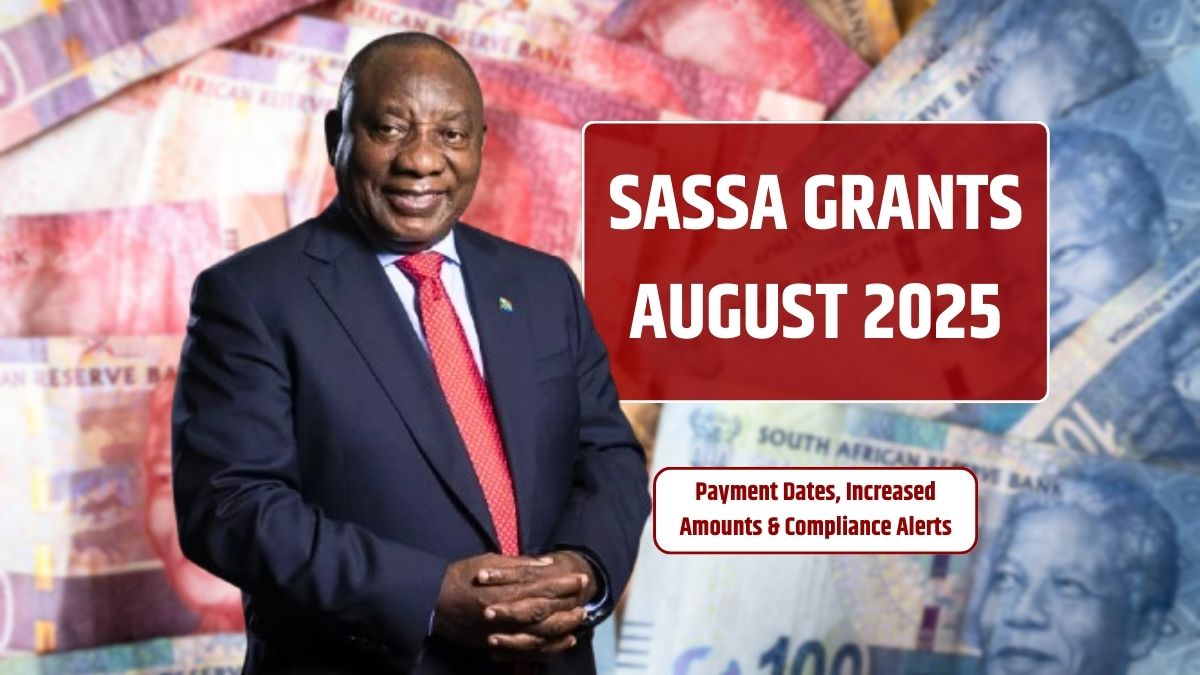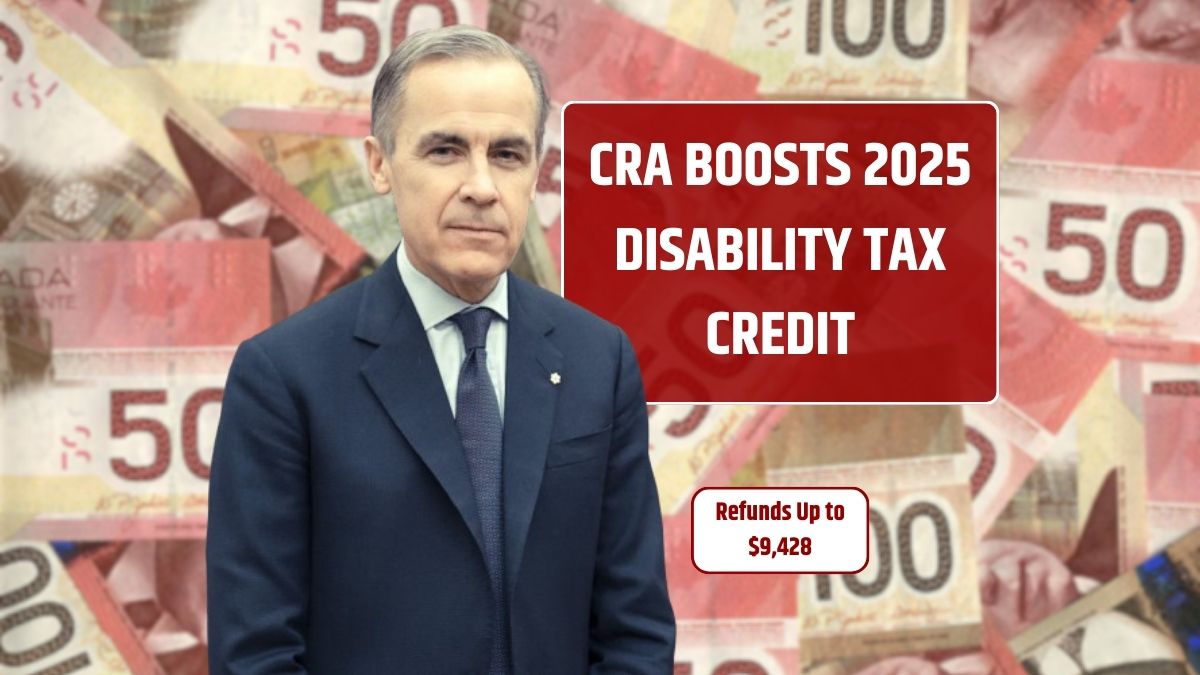Family-based immigration continues to be one of the most common and vital pathways to lawful permanent residency (green cards) in the United States. In 2025, the process remains largely governed by longstanding laws and regulations, but processing delays and policy changes are adding new layers of complexity.
Whether you’re looking to sponsor a relative or hoping to be sponsored, here’s a simplified guide to understanding the rules in 2025.
What Is Family-Based Immigration?
Family-based immigration allows U.S. citizens and lawful permanent residents (green card holders) to sponsor eligible family members for permanent residency. It operates under two major categories: immediate relatives and family preference categories.
Two Categories of Family-Based Visas
1. Immediate Relatives (No Cap)
These visas are unlimited in number and processed faster. Eligible individuals include:
| Relationship | Who Can Sponsor |
|---|---|
| Spouse | U.S. citizen |
| Parent | U.S. citizen (must be 21+) |
| Unmarried child under 21 | U.S. citizen |
2. Family Preference Categories (Capped Annually)
These categories are subject to annual numerical limits, and wait times can vary widely depending on demand and the applicant’s country of origin.
| Preference | Description | Sponsor Type | Wait Time (2025 Est.) |
|---|---|---|---|
| F1 | Unmarried sons and daughters (21+) of U.S. citizens | U.S. citizen | 7–10 years |
| F2A | Spouses and unmarried children (under 21) of green card holders | Green card holder | 1–2 years |
| F2B | Unmarried sons and daughters (21+) of green card holders | Green card holder | 5–9 years |
| F3 | Married sons and daughters of U.S. citizens | U.S. citizen | 10–15 years |
| F4 | Brothers and sisters of U.S. citizens (sponsor must be 21+) | U.S. citizen | 14–20+ years |
Key Rules and Requirements in 2025
Form I-130 Must Be Filed by the Sponsor
The sponsoring family member must file Form I-130 (Petition for Alien Relative) with U.S. Citizenship and Immigration Services (USCIS).
Income Requirement
The sponsor must prove they can financially support the immigrant by filing Form I-864 (Affidavit of Support). The income must be at least 125% of the Federal Poverty Guidelines.
Priority Date & Visa Bulletin
For preference categories, a priority date is assigned when Form I-130 is filed. This date determines your place in line. The Visa Bulletin, published monthly by the U.S. Department of State, shows when applicants can proceed based on their priority date.
Adjustment of Status vs. Consular Processing
- Adjustment of Status (Form I-485): If the applicant is inside the U.S.
- Consular Processing: If the applicant is outside the U.S. and must attend an interview at a U.S. embassy or consulate.
What’s New in 2025?
Longer Wait Times
Due to a record backlog, processing times have increased across nearly all categories.
Digital Tools Expansion
USCIS is expanding online filing options and has introduced a more streamlined MyUSCIS case tracker, giving sponsors and applicants better access to case updates.
Reunification Proposals in Congress
Bipartisan proposals aim to recapture unused visas and reduce country-specific backlogs, though none have been signed into law yet.
How to Maximize Success in 2025
- File early to secure your priority date
- Monitor the Visa Bulletin each month
- Avoid errors—respond quickly to Requests for Evidence (RFEs)
- Keep address and contact info updated with USCIS
- Consider hiring an immigration attorney for complex cases
FAQs
Can I sponsor my sibling if I’m a green card holder?
No. Only U.S. citizens aged 21 or older can sponsor siblings.
Do I need to file a separate petition for each relative?
Yes. You must submit a separate I-130 for each family member.
How do I track my case?
Use your USCIS receipt number at USCIS Case Status.























